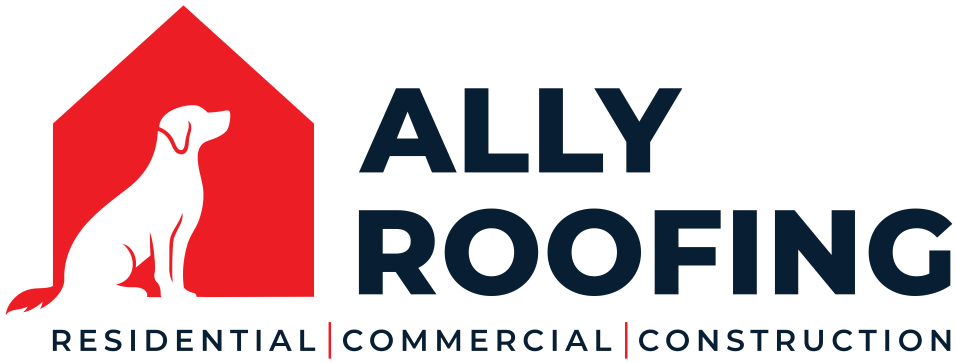All smoke contains carbon monoxide, carbon dioxide and particulate matter (PM or soot). Smoke can contain many different chemicals, including aldehydes, acid gases, sulfur dioxide, nitrogen oxides, polycyclic aromatic hydrocarbons (PAHs), benzene, toluene, styrene, metals, and dioxins. It is strongly recommended that smoke inhalation and soot exposure is avoided.
Dangers of Smoke Inhalation
Inhaling smoke for only a short time can cause immediate effects. Smoke is irritating to the eyes, nose, and throat, and its odor may be nauseating. Inhaling carbon monoxide decreases the body’s oxygen supply. This can cause headaches, reduce alertness, and aggravate a heart condition known as angina.
Avoiding smoky situations is the best way to avoid exposure. If your age or health places you at greater risk from smoke inhalation then you should speak with your doctor about ways to avoid these situations.
The potential for chronic health effects from smoke inhalation are great. Frequent exposure to smoke for brief periods may also cause long-term health effects.
If your home has suffered fire damage, then avoid entering your home until all smoke has been cleaned from the premises. Hiring a reliable fire and smoke damage restoration contractor will ensure a safe and expedient return to normalcy.
Signs and Symptoms of Smoke Inhalation
The signs and symptoms of smoke inhalation depend on the source of the smoke and how long you were exposed to the smoke:
- A cough and hoarseness of the throat
- Chest pain or coughing up blood
- Trouble breathing, such as shortness of breath and noisy breathing
- A headache, abdominal pain, and nausea
- Eye irritation or vision problems
- Fainting
- Soot in your nostrils or throat
Dangers of Soot Exposure
Soot includes the fine black particles, chiefly composed of carbon, produced by incomplete combustion of coal, oil, wood, or other fuels. This very dangerous compound can consist of acids, chemicals, metals, soils, and dust.
Soot can become a serious problem following a fire. A common house fire results in the burning of a wide variety of materials. Wood and paper to plastics and other synthetic items to name a few. This results in soot contamination and poses a serious cleanup problem.
Soot can also negatively impact indoor air quality. Excessive use of candles indoors can lead to soot build up thereby increasing soot exposure. This can also happen when fireplaces are insufficiently ventilated.
Breathing in soot particles can cause coronary heart disease, asthma, bronchitis, and many other respiratory illnesses. A thorough cleaning of your home by professionals can rid the building of these particles. It is never recommended to take on such a dangerous project yourself.
Particle exposure leads to around 20,000 premature deaths in America each year. Many of which were directly linked to soot-related diseases. Additionally, the data shows that soot exposure annually causes almost 300,000 asthma attacks and 2 million lost workdays due to respiratory problems.
Symptoms of Soot Exposure
Reactions to soot range from watery eyes and a runny nose to a persistent cough or worse. Individuals with existing respiratory health issues are at the greatest risk from the toxic compounds. Compromised immune systems, additional respiratory problems, and heart conditions can all be impacted by soot exposure.
It always pays to be well prepared for whatever the future brings. This is also why you should have a restoration company you know and trust. Mission Restorations has experts in fire, water, and mold restoration. If ever in need of services, don’t hesitate to call the best damage restoration team in Charlotte and its surrounding areas at 704-727-2000.




hi,
Sorry I’m not in need of restoration services per se but I have a problem and wanted to give it a shot whether you might have answers to my questions or know anyone who does. I’m residing in an area where there is a lot of soot in the air from illegal oil mining activities. I would like to know what drugs or measures can be taken to reduce the effect of soot inhalation.
Thank you.